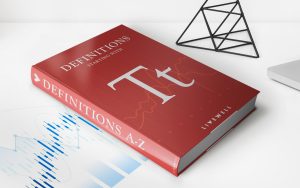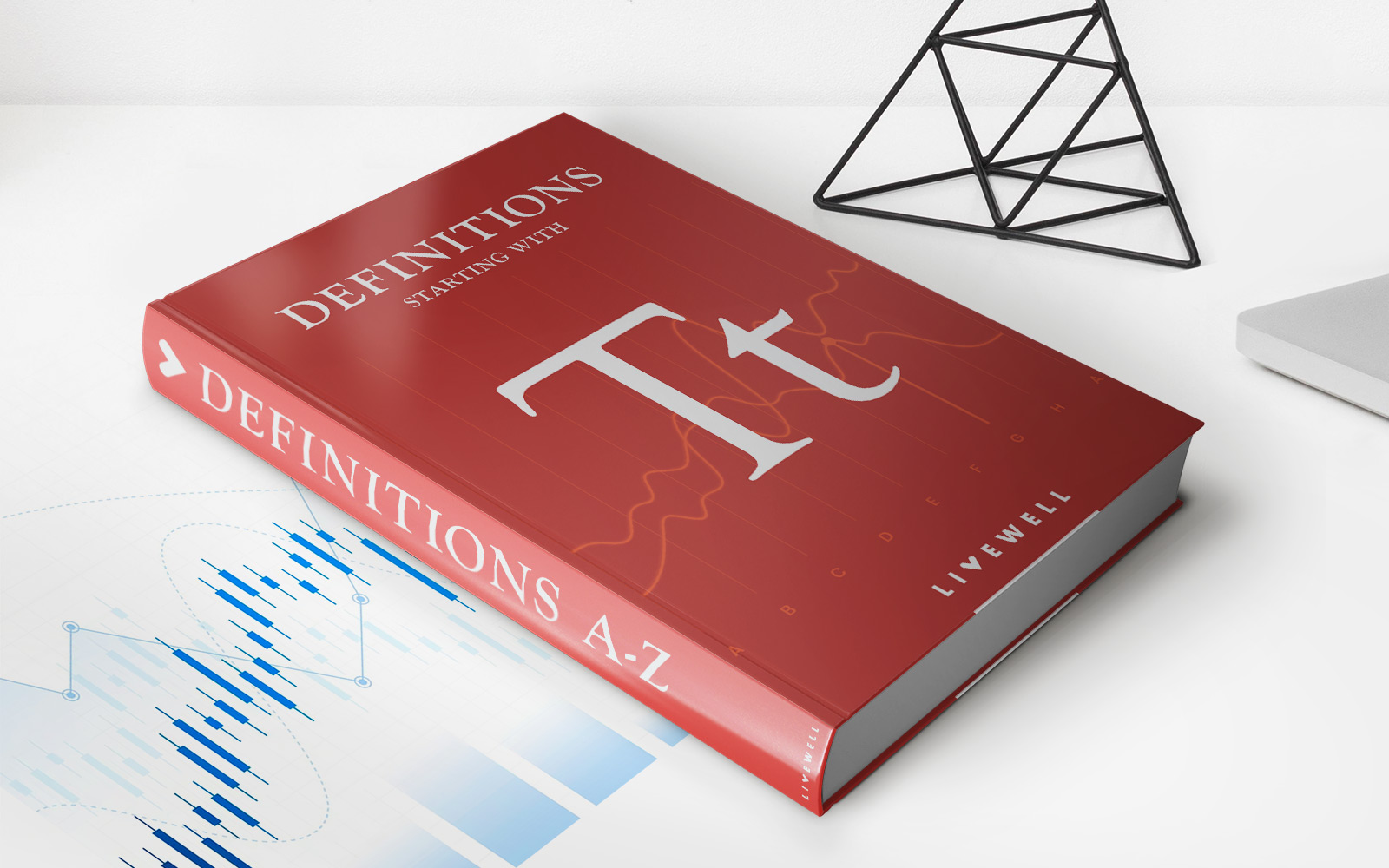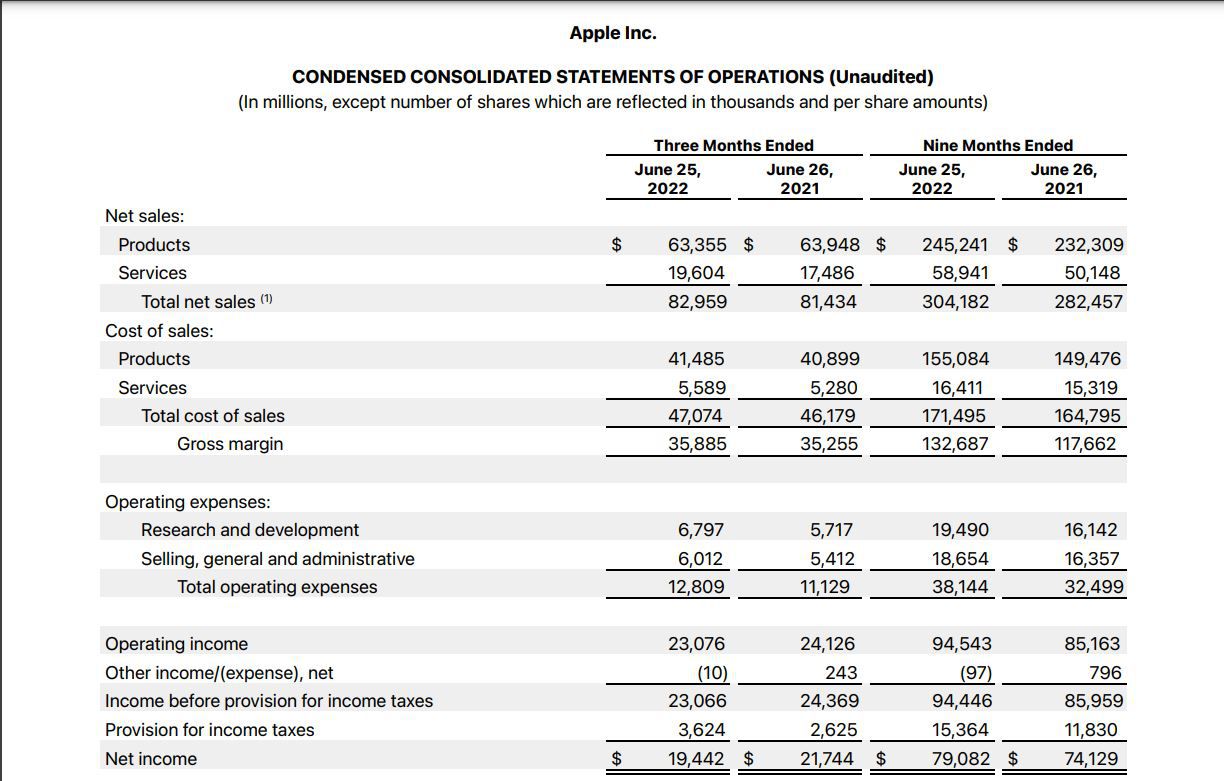Home>Finance>Tax-Free Savings Account (TFSA): Definition And Calculation


Finance
Tax-Free Savings Account (TFSA): Definition And Calculation
Published: February 7, 2024
Learn about the Tax-Free Savings Account (TFSA) and its definition and calculation. Take control of your finances with this valuable financial tool.
(Many of the links in this article redirect to a specific reviewed product. Your purchase of these products through affiliate links helps to generate commission for LiveWell, at no extra cost. Learn more)
Understanding Tax-Free Savings Account (TFSA): Definition and Calculation
Welcome to our Finance category! In today’s blog post, we will dive into the world of tax-free savings accounts (TFSAs). If you are looking for a way to grow your savings while minimizing your tax liabilities, a TFSA might be the perfect tool for you. In this post, we will provide you with a clear definition of a TFSA and guide you through the process of calculating your contributions and withdrawals. So, let’s get started!
Key Takeaways:
- A Tax-Free Savings Account (TFSA) is a versatile investment vehicle that allows Canadians to grow their savings tax-free.
- Contributions made to a TFSA are not tax-deductible, but any income earned within the account, including capital gains, dividends, and interest, remain tax-free.
What is a Tax-Free Savings Account (TFSA)?
A Tax-Free Savings Account (TFSA) is a savings account specifically designed for Canadian residents to accumulate savings and investments tax-free. Unlike Registered Retirement Savings Plans (RRSPs), contributions made to a TFSA are not tax-deductible. However, any income earned within the account, including capital gains, dividends, and interest, remain tax-free.
TFSAs are a flexible investment tool that allows individuals to save for a wide range of financial goals, such as education expenses, buying a home, or funding retirement. The contribution limit for TFSAs is set by the Canadian government and is adjusted annually.
Calculating TFSA Contributions
Calculating your TFSA contribution room is important to ensure that you maximize the benefits of this investment vehicle. The contribution limit for each year is cumulative, meaning any unused room from previous years can be carried forward.
Here’s how you can calculate your TFSA contributions:
- Start by checking your available contribution room. You can find this information on your most recent Notice of Assessment from the Canada Revenue Agency (CRA) or by logging into your CRA online account.
- Determine how much you have already contributed to your TFSA in the current year.
- Subtract the amount contributed in the current year from the available contribution room to calculate the remaining contribution room.
- Use the remaining contribution room to make additional contributions to your TFSA.
Calculating TFSA Withdrawals
Withdrawing funds from your TFSA is easy and tax-free. The amount you withdraw from your TFSA can be re-contributed in future years without affecting your contribution room.
Here are the steps to calculate your TFSA withdrawals:
- Determine the amount you want to withdraw from your TFSA.
- Make the withdrawal from your TFSA.
- Keep track of the withdrawal amount for reference when calculating future contributions.
Conclusion
Tax-Free Savings Accounts (TFSAs) offer Canadians a valuable opportunity to save and invest their money tax-free. By understanding the definition of a TFSA and knowing how to calculate both contributions and withdrawals, you can make the most out of this versatile financial tool. Remember, contributions are not tax-deductible, but any income earned within the account remains tax-free. So start exploring the benefits of TFSAs and grow your savings with peace of mind!
Do you have any questions about TFSAs or other finance-related topics? Leave a comment below, and we’ll be happy to assist you.














